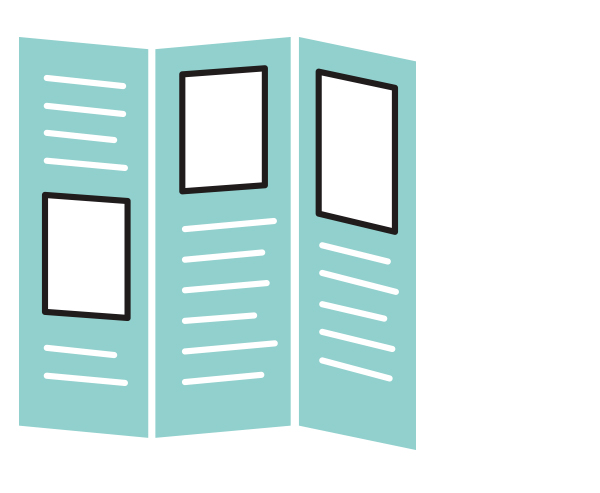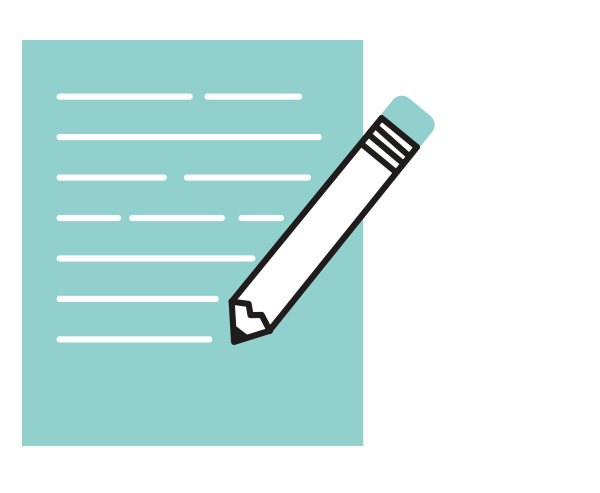More design, less drama
Once upon a time we worked at big firms and on big marketing teams. We met creative people, worked on cool projects and had an all-around good time. But we shared a belief that it could be even better. We felt we could be more efficient and more creative without the overhead and process of a big agency. At some point, we looked around the table (probably a happy hour table) and saw a potent blend of experience, talent and complementary skill sets. Plus, we like each other a lot… Tiny Whale was born.
Our Team
Emi Matsumoto
Design Lead
Emi is Tiny Whale’s lead designer. She loves working through user experience scenarios then bringing them to life in design. She’s always looking for ways to incorporate illustration into her design work to make it truly unique to each client.
Lorie Ransom
Development Lead, Designer
Lorie is Tiny Whale’s front-end developer and art director. With extensive experience in branding, print design, web design, and web development, she brings a breadth of skill to our team. She is also a talented illustrator with a syndicated comic strip!What We Do
Pixels
Web Design & Development
UX Design
Graphics
Social Media Assets
Video & Motion
Graphic Design
Event Collateral
Logo/Identity Design
Illustration
Words
Content Strategy
Copywriting
Naming
Why Tiny Whale?
Let’s be honest. There are a lot of design firms in the Seattle area. Many of them offer the same basic services we do, and most of them are capable of doing great work. Successful relationships are all about finding the right fit, so we want to make sure our clients know who we are and what sets us apart.





